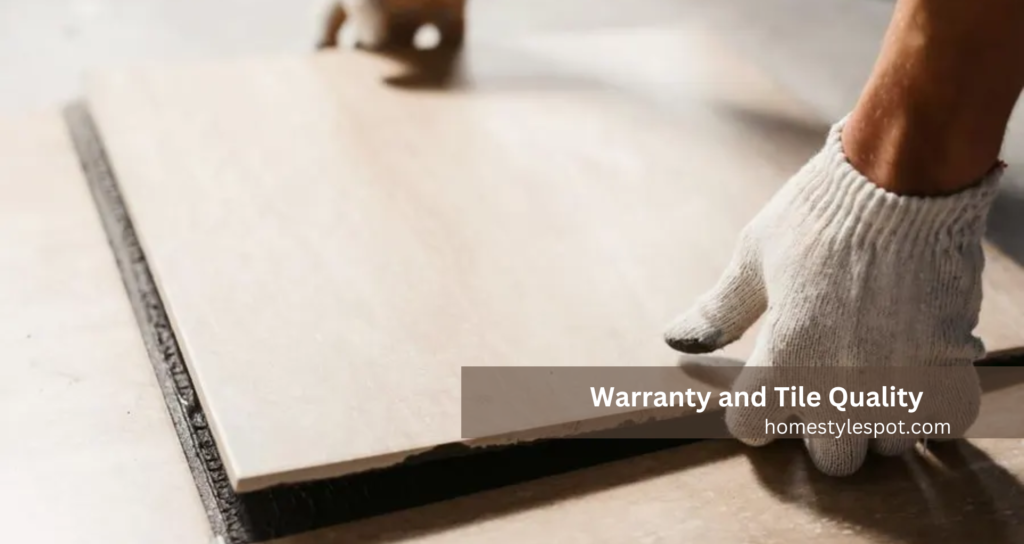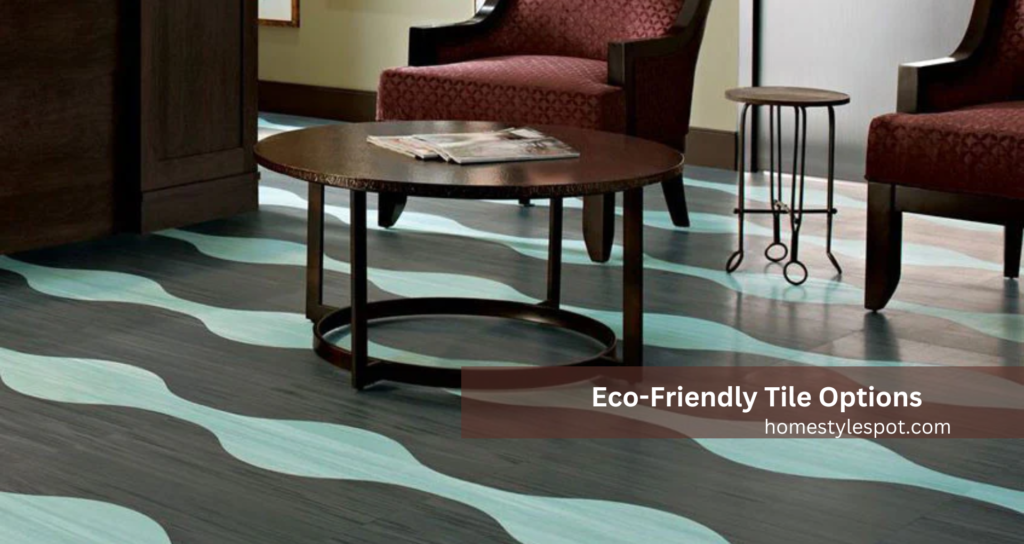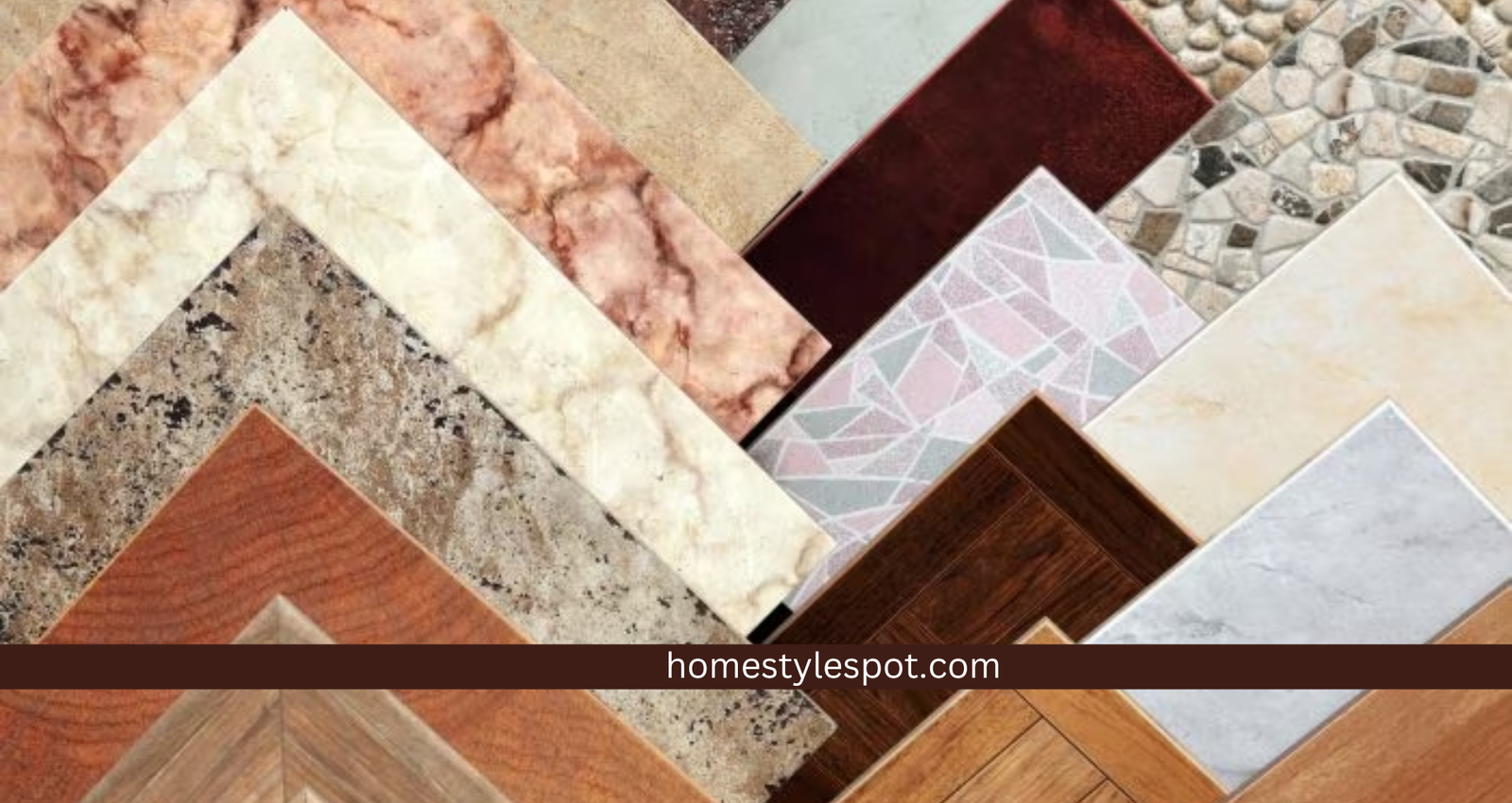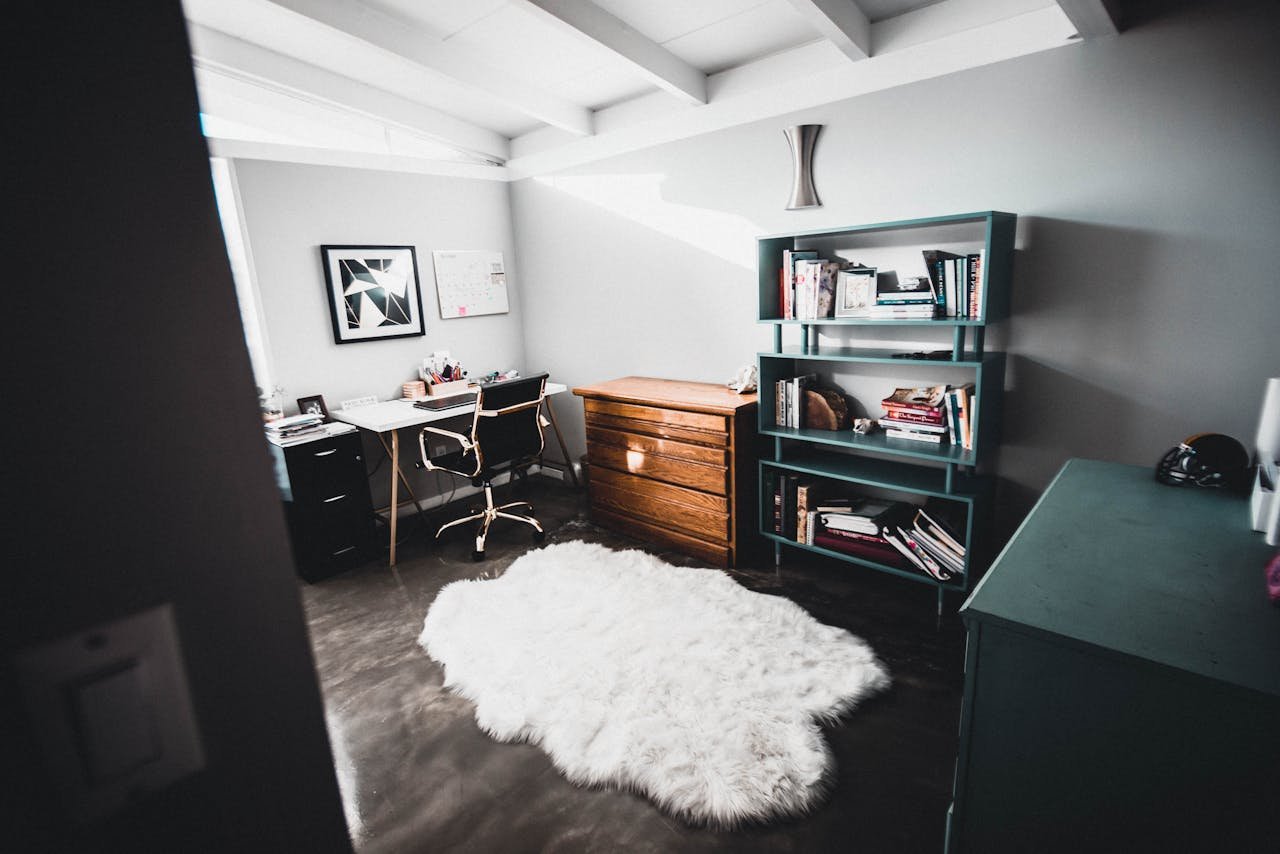Choosing Floor tile for your home
Choosing floor tile is easier than you think: any choice can work magic for each piece of space. Tiles with vibrant colors make the home stylish and give it an identifiable personality; the dilemma lies in that too many choices make the right choice so hard to pick. You’ll know what to look for to help you select the best.
Floor tile should look great, but that’s just half the battle; they also need to provide feelings of comfort, safety, and durability—everything from material to size and finish counts. Whether you’re redoing a bathroom or re-tiling the kitchen, picking the right tile will make all the difference in how the space looks and performs.
Choosing the best tile for your home can take time and effort. Here are 11 essential factors to carry along before shopping and making an intelligent choice for your floors. And which one do you want to tile first?
What is floor tile
Floor tiles are resistant solid materials used to cover floors. Added to any room or space, they will give style and functionality. Tiles are primarily made from ceramic, porcelain, stone, or vinyl and are designed to carry heavy foot traffic without stains and water penetration. Such a wide variety can make any type of room easy to create with the right tile.
Types of floor tile
There exist several styles of floor tile, all with unique features. There is ceramic tile. It is cheap yet versatile, with many colors and patterns. They are excellent options for areas with low traffic and easy to clean.
Porcelain tile: denser and tougher than ceramic, thus providing complete resistance to water and stains. Such tiles can be exposed to high moisture levels, hence they can easily be placed in bathroom and kitchen areas.
Stone Tile: Marble, granite, and slate are natural stones, bring a unique, rich look to your home. They each feature a one-of-a-kind pattern, although they may need to be sealed for protection from moisture.
Vinyl Tile: These are tolerant of water, have a soft feel, and are budget-friendly. They’re easy to install and convenient in areas like basements or laundry rooms.
Cement Tile: Use bold cement tiles to personalize; they are handmade, and you can design any intricate pattern. They are porous and, therefore, need to be sealed, but oh, so beautiful and artisanal-looking.
Terracotta Tile: Terracotta will warm up and give any room a certain rustic feel. Porous and must only be used in low-moisture parts of your home, like your living room or hallway.
Each one has disadvantages and advantages, so it will all depend on what your room needs and how you want your house to look.
11 things to consider when choosing floor tile
Here are 11 things to consider you must consider while choosing floor tile for your home.
1.Choose the right size

The size of the tiles that you use will define much in the look you are trying to create. Large tiles work perfectly well in small rooms to facilitate easy submersion of grout lines and to be less visible.Grout lines are much more noticeable, and there are areas where dirt can show when you have a smaller tile; this makes smaller tiles better suited for rooms containing angles or details, such as bathrooms. You want to balance up the dimensions of your tile with the room size and layout for a balanced look.
2.Consider tile shape and pattern.
Tile shapes and patterns add style and personality to a room. Classic squares and rectangles offer simplicity, whereas unique shapes like hexagons add flair. Herringbone patterns bring movement. Consider what you want to add to your room’s design and feel when choosing shapes and patterns.
3.Pick the right color.
The tile color will determine the mood of the room.Choose tthe right colour of tiles according to the matching colour schemes of your home interior. Light tones make a space even larger and more open, while dark-colored tones warm up the area and create coziness. You can easily blend neutral-colored tiles with any decor, while bold colors will be a unique feature; choose a color that will complement your design.
4.Match Floor tile with your home style
The matching of the flooring tile to the home style makes them go well with each other. For modern homes, sleek tiles in neutral shades are appropriate, while natural stone or terracotta would be just suitable for rustic styles for rustic styles. Classic styles match up well with marble or ceramic. Choose tiles that reflect your home’s aesthetic to achieve a seamless design.

5.Check out the Material
Material selection is a backbone to durability and style, as it should be from suitable tile material, whether ceramic or porcelain, used in most kitchens and bathrooms because it’s versatile and water-resistant. Natural stone offers elegance but could require sealing, and vinyl is more budget-friendly and comfortable. Each material has its strengths that suit your space and lifestyle needs.
6.Matching and contrasting
Match and contrast different tiles according to your room style. This is an added charm to your space and gives a sophisticated look. Contrasting and matching tiles can give bold effects.Depending on your home style and theme, you can choose light colors for the living room and dark for the kitchen flooring.
7.Don’t forget for the perfect finish.
A perfect finish depends on the grout color and tile installation. Grout can help complement or contrast your tiles to create a better overall appearance. Tiles should be installed appropriately and leveled in their places for that perfect seal. Natural stone tiles must be permanently sealed to protect them from stains and moisture.
8.Warranty and Tile Quality
Select a floor tile wiwith a good warranty and quality to be durable for a more extended period. High-quality tiles resist wear, stains, and moisture. Good warranty coverage assures its capability to cover defects or damages and guarantees peace of mind. It always pays to check the ratings and reviews of the tile to confirm that you’re getting a reliable product for your space.

9.Sustainability
Sustainability is another critical element in the selection of floor tile. Select environmentally friendly materials, such as recycled or natural stone tile, whose environmental impact is insignificant. Some of these tiles may be produced in energy-efficient ways, and they can be recycled when they end their lifetime. Consider the tiles for longevity such that they may be replaced infrequently.
10.Durability and Wear Ratings
Durability and wear rating are also critical when choosing tile floors. Tiles with higher wear ratings are most resistant to scratches, stains, and high foot traffic. For high-traffic rooms, seek tiles rated for durability, such as porcelain or stone. The wear rating checks if your tiles will last for an extended period and stay at their best appearance over time.
11.Eco-Friendly Tile Options

Eco-friendly tile options will work well toward minimizing your environmental footprint. Resources such as recycled glass, bamboo, and cork are sustainable alternatives regarding style and durability. However, some ceramic and porcelain tiles are made from natural resources while being engineered using energy-efficient processes, both eco-conscious and durable.
FAQ’s
What are floor tiles?
Floor tiles are strong materials that cover the floors, creating elegance and functionality for any room.
How do I select the right-sized tile?
The tile size will depend on the room size and layout. Grout lines must also be balanced for the desired look.
What are the shapes and patterns in tiles?
Tile shapes can be square or rectangular, and funky styles like herringbone designs can be used. These add style and uniqueness to your room.
Why does material make a difference in the selection of floor tile?
The material does, as it determines the durability, resistance of the tile, and, indeed, the appearance of the tile. Therefore, you will need one suitable for the task and appropriate for your home.
How do I go green with floor tile floors?
You get green-friendly tiles, such as recycled glass, natural stone, or energy-efficient ones.
Conclusion:
In conclusion, choosing the right floor tile might seem complicated, but with some knowledge, it will be entertaining. From choosing the right material and the suitable size to sustainability, durability, and more, all these factors contribute to a functional and stylish space. With these 11 essential factors in mind, you will find the right tile that complements and improves your home’s style and functionality. So, what kind of tile are you looking forward to researching first?


